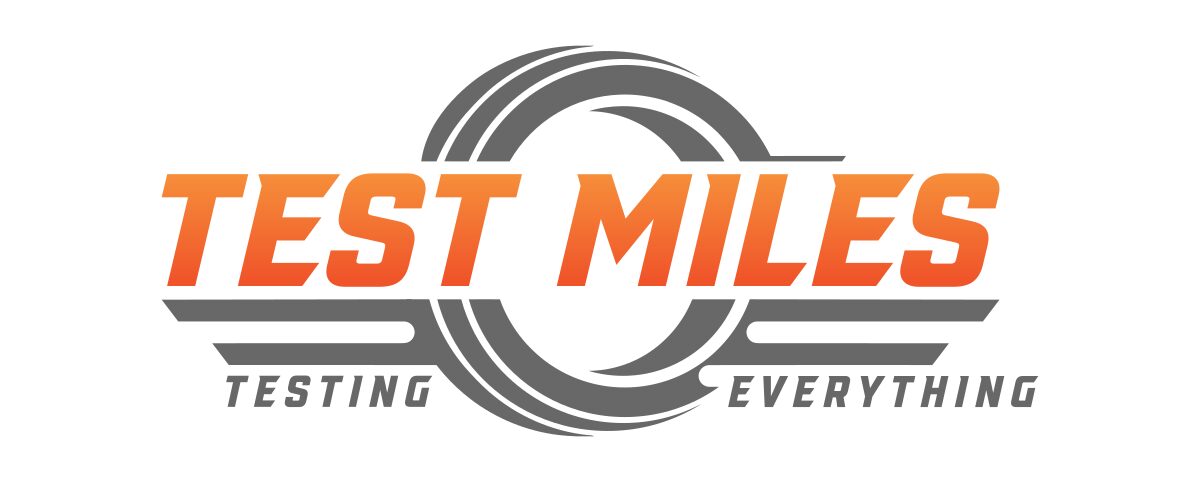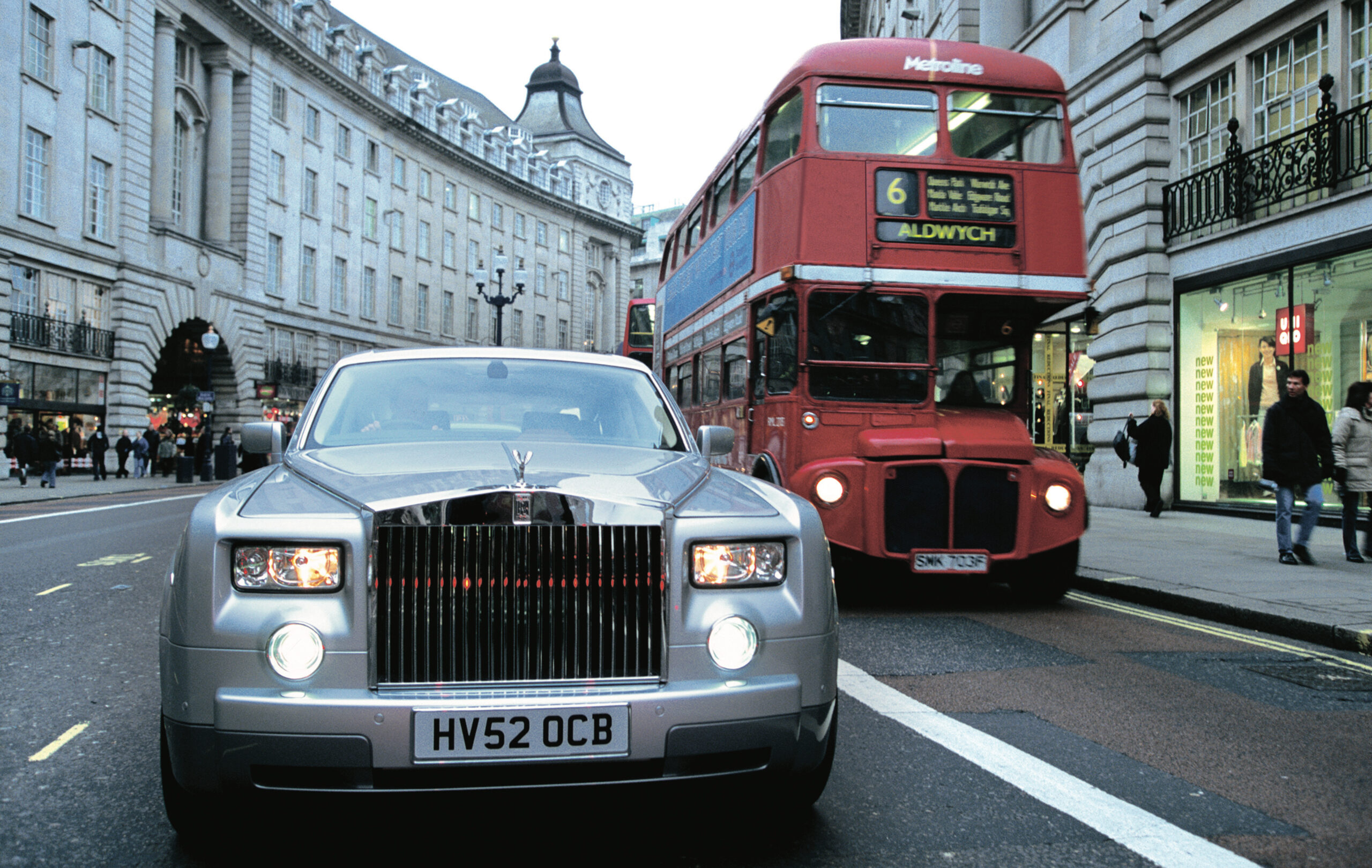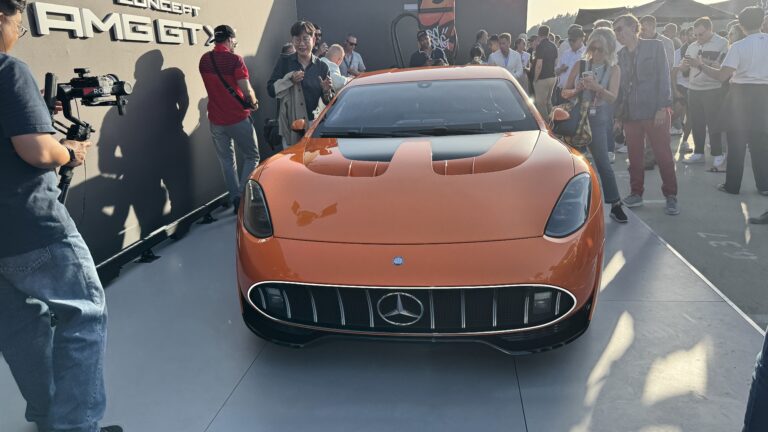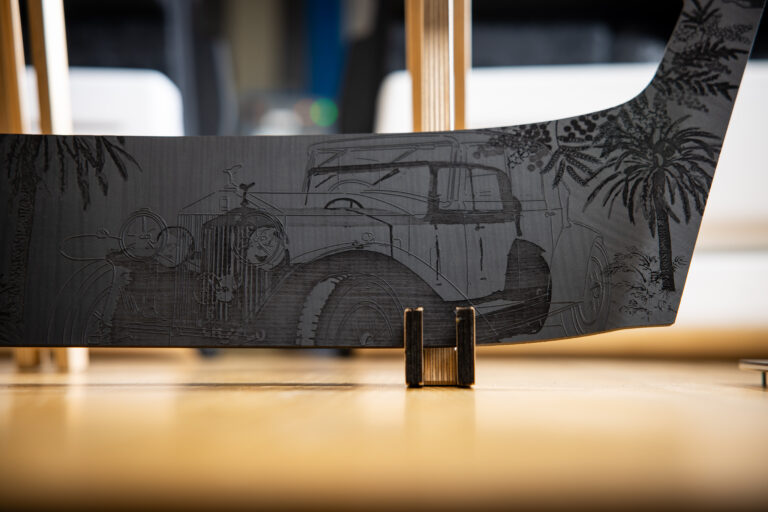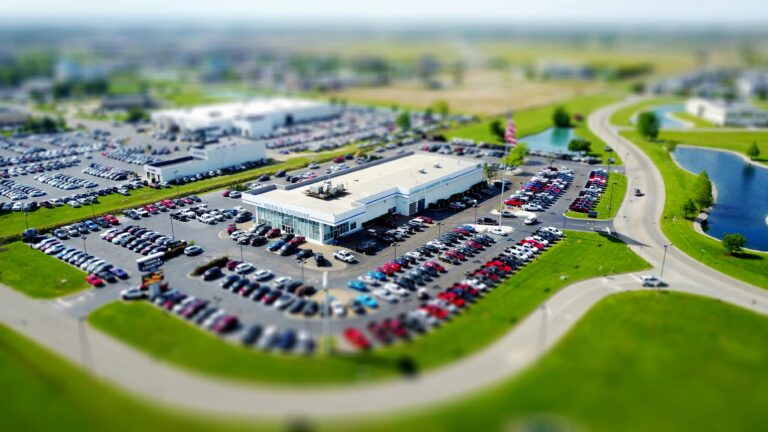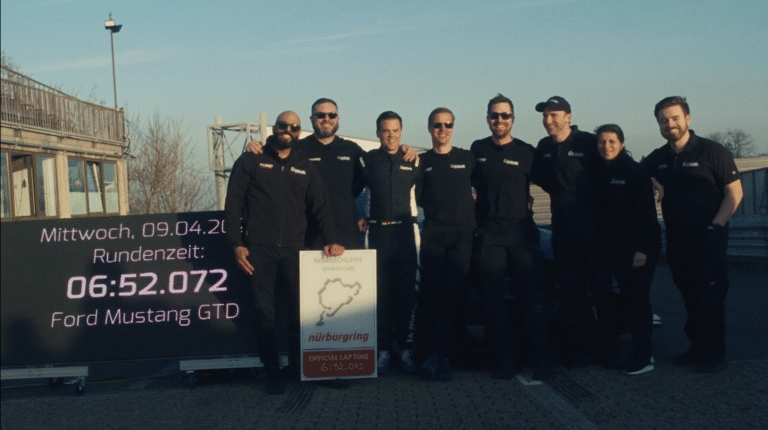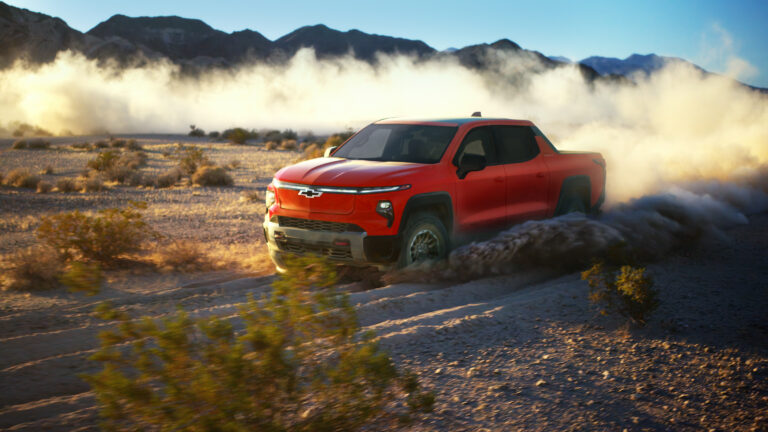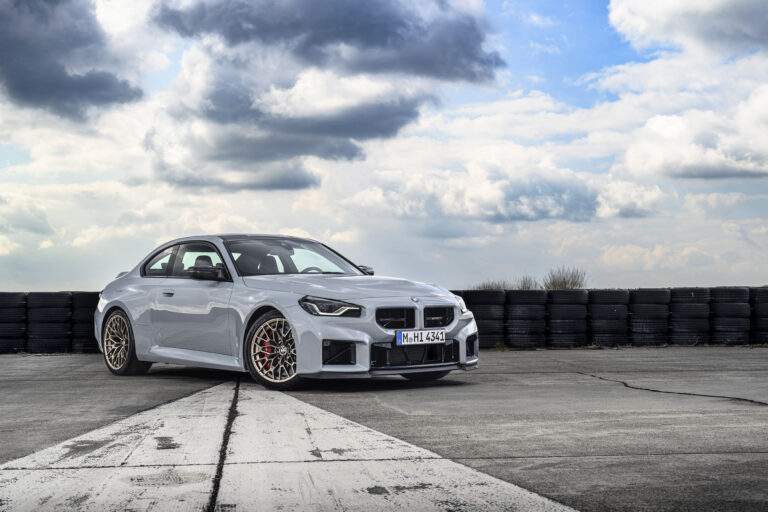Britain’s Auto Industry Breathes Easier as Trump Eases U.S. Tariffs—But It’s Not a Free Ride Yet
Britain’s Auto Industry Breathes Easier as Trump Eases U.S. Tariffs—But It’s Not a Free Ride Yet
Subhead:
A cap on car exports and steel relief offer a reprieve, not a revolution, for U.K. automakers—but Jaguar Land Rover isn’t complaining.
By Nik Miles
—
For Britain’s auto manufacturers, the past few years have felt like driving a stick-shift Defender through a mudslide—backward. Brexit uncertainty, global chip shortages, and a Trump-era tariff regime that slapped a 27.5% tax on British vehicles bound for American garages. If it wasn’t one gear-grinding jolt, it was another. But this week, for once, the headlines bring a glimmer of relief from across the Atlantic. Think of it as a mild tailwind in a long uphill climb.

In a new U.S.-U.K. trade framework, President Trump has agreed to reduce tariffs on British autos to 10%—a sharp drop from the eyebrow-raising 27.5%. Notably, that figure only applies to a quota of 100,000 vehicles annually, a ceiling that keeps expectations in check. Still, for legacy British brands like Jaguar Land Rover, Aston Martin, and even the German-owned but U.K.-built Mini, this is less a loophole and more a lifeline.
What’s actually changing—and why now?
Let’s start with the tariffs. Steel and aluminum duties from the U.K. will be eliminated altogether—down from 25% to 0%—removing a weighty cost burden on vehicles that are already struggling to remain price-competitive in the crowded U.S. premium SUV and luxury saloon market. Autos, meanwhile, get that reduced 10% tariff but under a strict export quota.
In return, the Brits have agreed to streamline customs procedures for U.S. goods, buy more American ethanol and beef, and lower tariffs on 2,500 American products, from olive oil to sports gear. It’s diplomacy disguised as a grocery list.

Is this a victory lap for British automakers?
Let’s not break out the Earl Grey just yet. Yes, there’s relief. Yes, it’s a win—especially for Prime Minister Keir Starmer, who framed the deal as a “historic” breakthrough while speaking to workers at a Jaguar Land Rover plant. He pledged the deal would protect “thousands of jobs,” a message sure to land well in West Midlands and Sunderland.
But this is more a pit stop than a checkered flag. The cap on exports keeps this from being an open-door policy. And the broader 10% tariff on British goods remains intact outside of autos, steel, and aluminum.

So why did Trump do this—and what’s the catch?
One word: leverage. Trump’s approach to trade isn’t about cooperation. It’s about negotiation by way of pressure. The U.K. got these terms largely because America already runs a $11.9 billion trade surplus with it—rare among U.S. trading partners. That makes Britain less of a threat in Trump’s eyes and more of a pliable partner.
Contrast that with China, where tariffs remain sky-high and the two economic giants continue squabbling over container ships and microchips. No new deals have emerged with Canada or Mexico either. This deal is the exception, not the rule—and other nations shouldn’t expect such leniency.

How does this help car buyers or everyday drivers?
Well, it might not make your next Jaguar suddenly affordable—but it could mean less of a markup. Eliminating steel tariffs and lowering auto duties cuts the cost of importing a British car by several thousand dollars. That might be enough to sweeten the deal on a new Range Rover Sport for someone on the fence. Or, more realistically, it keeps those prices from rising further.
More broadly, the deal could stabilize supply chains already jittery from years of pandemic chaos and shipping delays. Lower material costs and improved customs flow mean British-made vehicles can get stateside faster—and maybe, just maybe, for less.

Is this the start of a trend—or just a one-off?
That’s the million-quid question. Trump was crystal clear: “Other countries will face higher tariffs.” He painted the U.K.’s 10% rate as a courtesy—“a low number,” he said—and hinted that others, particularly those with trade deficits, should expect steeper costs.
The European Union, still negotiating its own trade future with Washington, probably shouldn’t read this as a sign of friendlier skies. Nor should automakers in Asia, where supply chain tensions remain thick as treacle.

Bottom line: Is the British auto industry back in business?
Not quite—but they’ve been handed a spanner to fix what’s been breaking. For now, Jaguar Land Rover and other British brands can exhale slightly. The road ahead still includes speed bumps like inflation, shifting regulations, and global competition. But there’s finally a glimpse of a less punishing path forward.
Call it what it is: a modest, quota-capped, steel-scrapped tariff reprieve—with a side of geopolitical theatre.
📢 Enjoyed this article? Stay in the driver’s seat with more automotive insights! Follow @NikJMiles and @TestMiles on social media for the latest news, reviews, and behind-the-scenes exclusives. Don’t miss out—join the conversation today!
